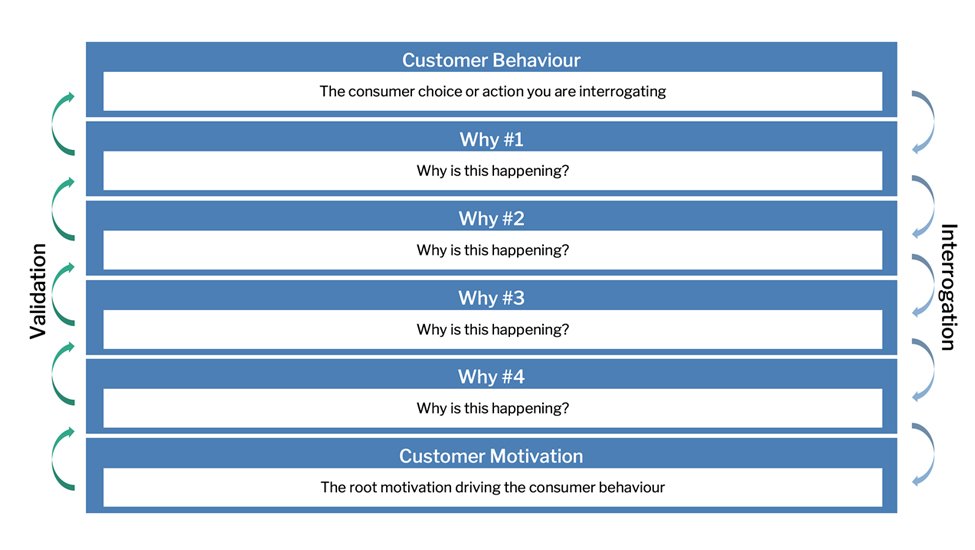


Compare the performance between two different versions of a marketing tactic for your next test.
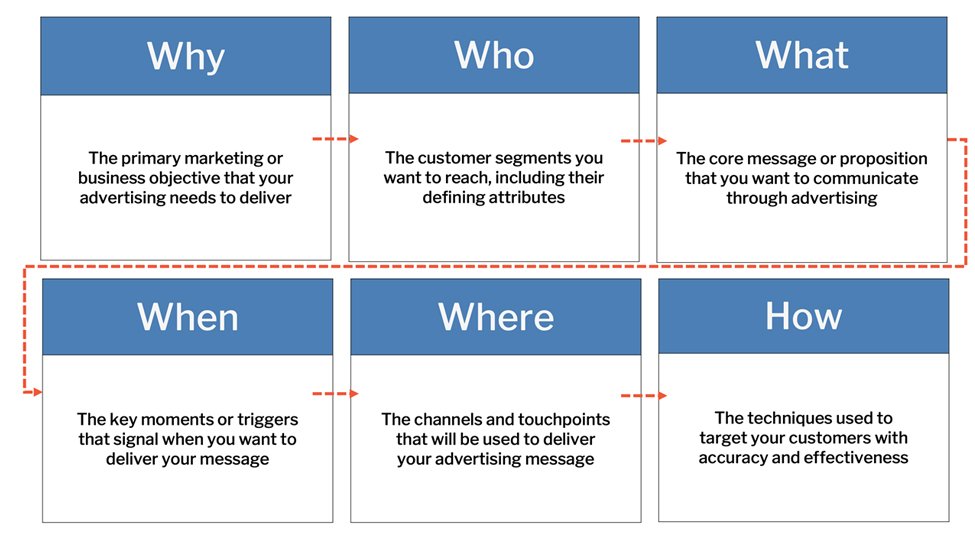
Consider and capture important strategic elements of your next advertising campaign on a single page.




Communicate useful details about a specific segment of your audience defined by needs.

Explore different attributes that may be used to create audience segments for your marketing campaigns.

Organize your portfolio of brands and products to support your business strategy.

Translate your product or service features into relevant psychological benefits for customer.

Measure and visualize differences among competing brands across relevant dimensions.


Visualize the connections among different elements that comprise your marketing campaign.

Design the sequence and logic for your next automated marketing campaign.
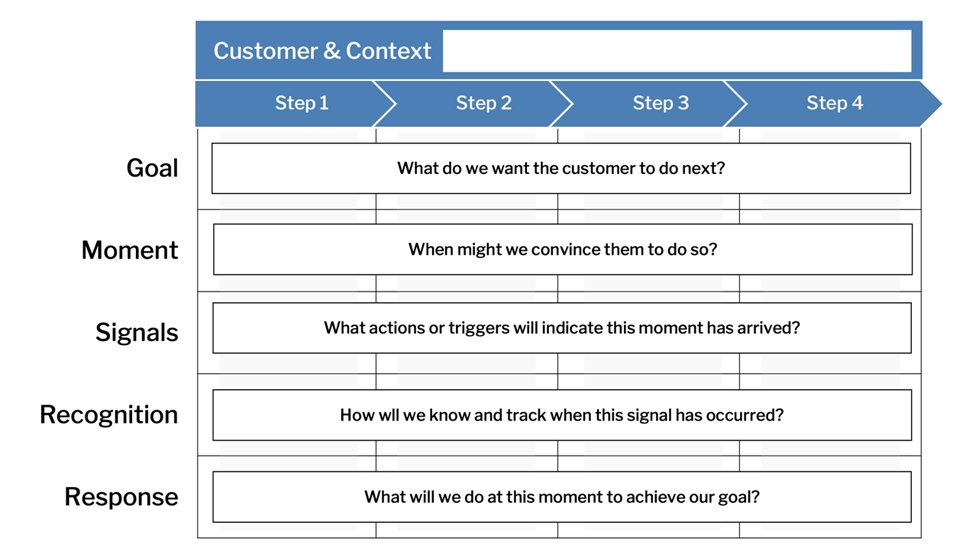
Identify the moments when you would like to target your customer with relevant advertising.
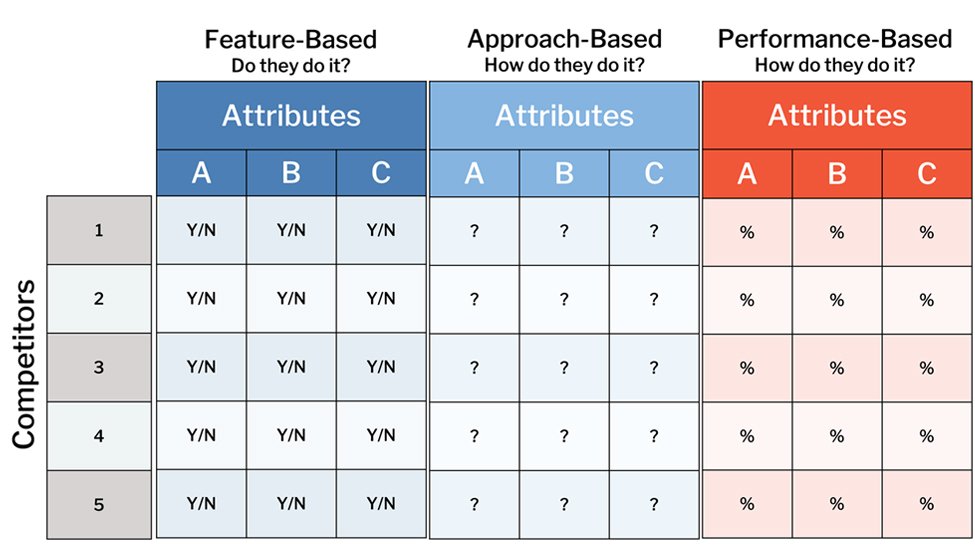
Understand how your brand or offering compares against available alternatives.
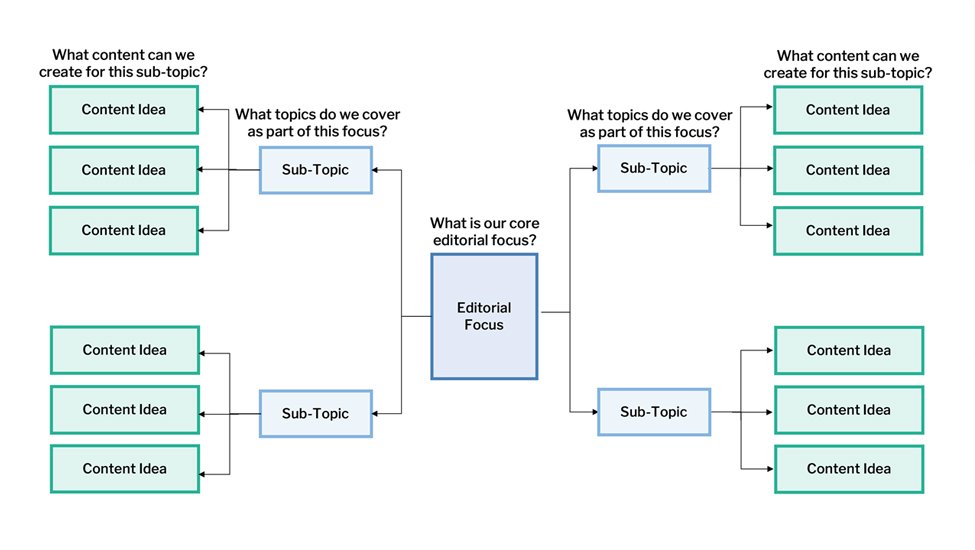
Identify potential content opportunities based on the editorial strategy for your brand.

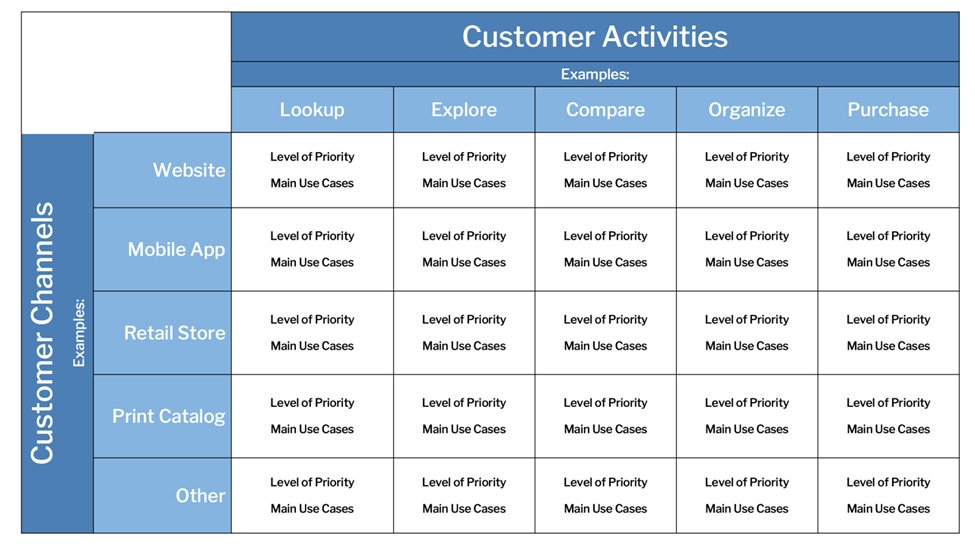
Identify the level of importance and the specific roles that different channels play for your customer at each phase of their journey.

Visualize the process that your target customer goes through to accomplish a goal.

Describe how your new product, service, or feature will work through a fictional story about the person using it.

Segment and measure customers according to the value that they represent to your brand or organization.

Structure the performance data that you need to be able to understand your results and take action.

Plan how you will create your new product or service – diverging and converging – from start to finish.

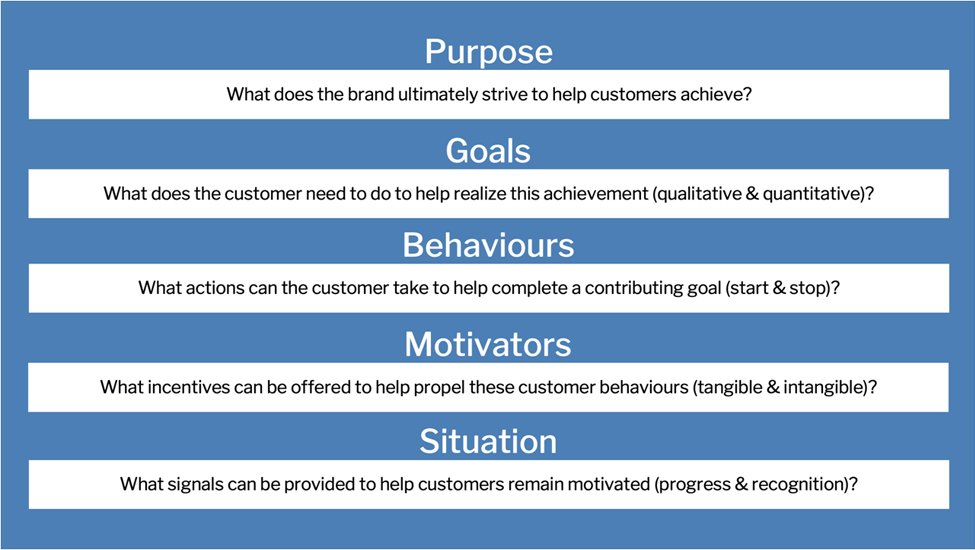
Determine how principles and elements of game design can be applied to your products and marketing programs.
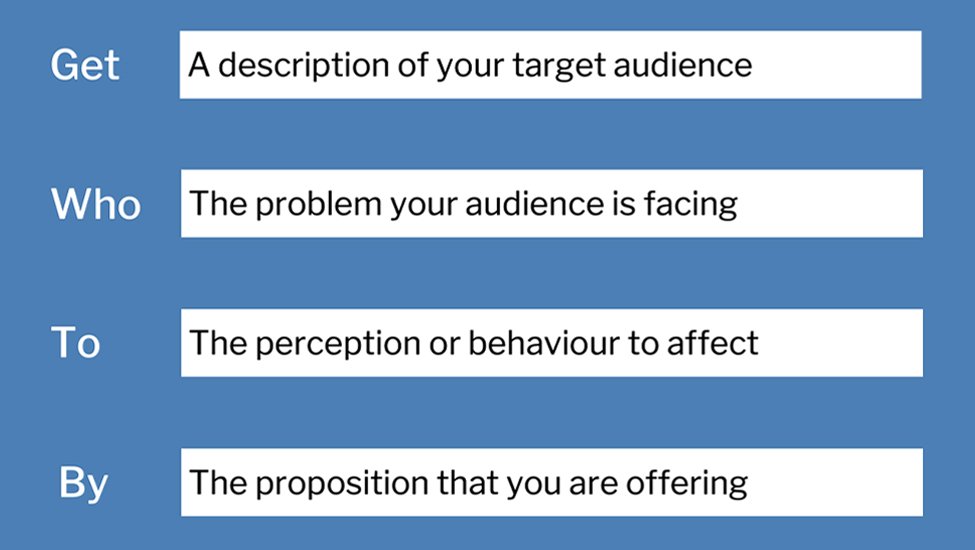
Capture your marketing strategy in a concise way for a marketing brief or briefing.
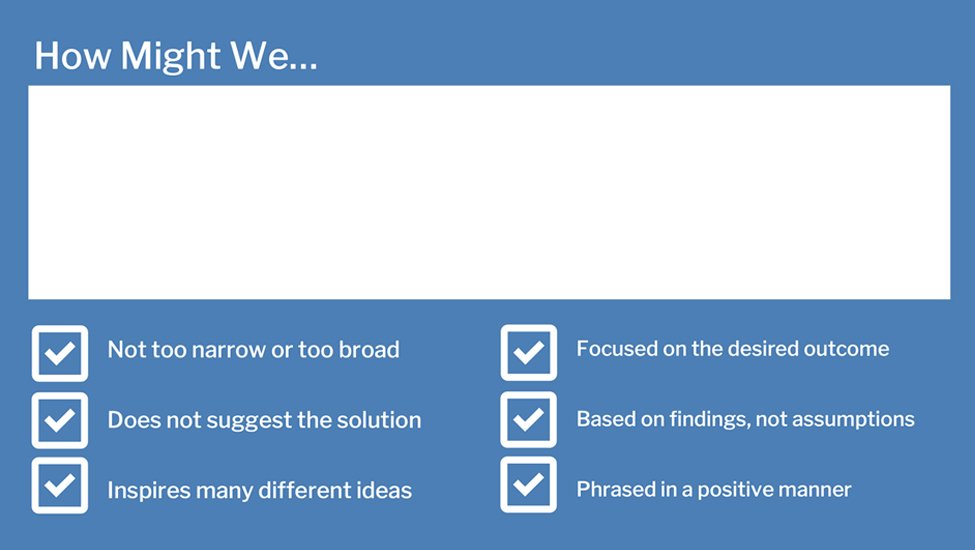
Frame a problem in a way that helps your teams focus and identify many possible solutions.

Articulate a prediction that your research will test – the basis for designing your next experiment.

Illustrate the logical relationships between different elements of your problem.

Identify the underlying reasons why a customer might choose your product or service.

Identify the specific Key Performance Indicators (KPIs) that you will use to evaluate your performance in relation to a goal.
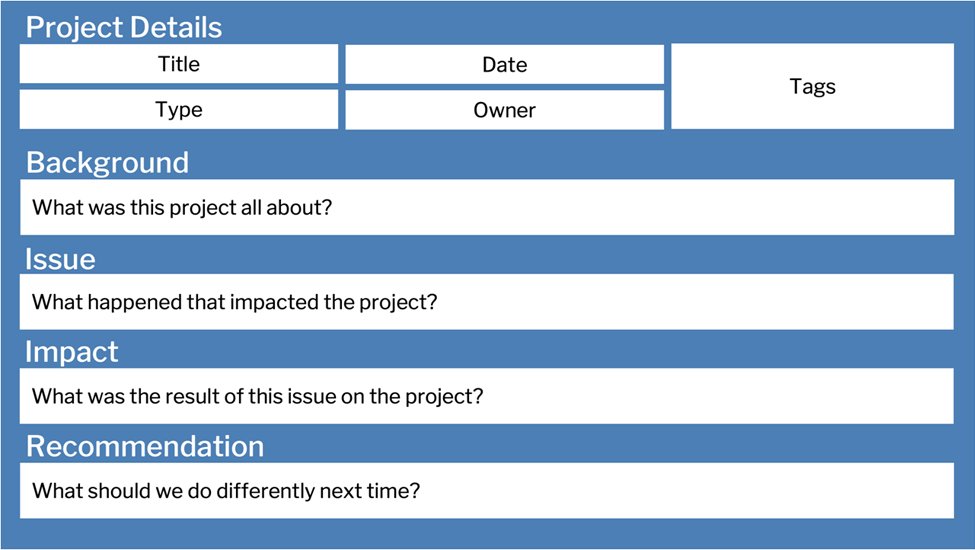
Capture and share actionable learnings from all of your previous marketing initiatives.
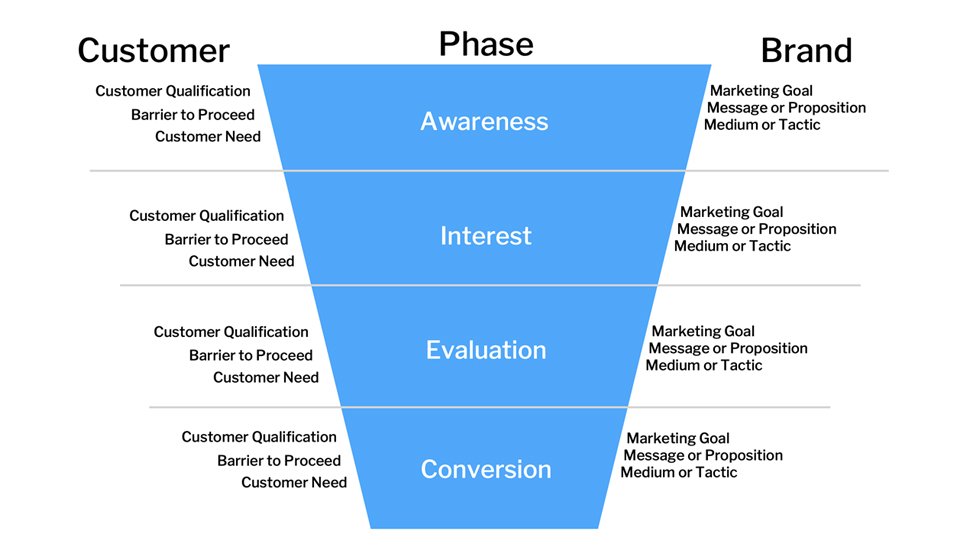
Plan and manage your marketing initiatives that are focused on sales conversion.
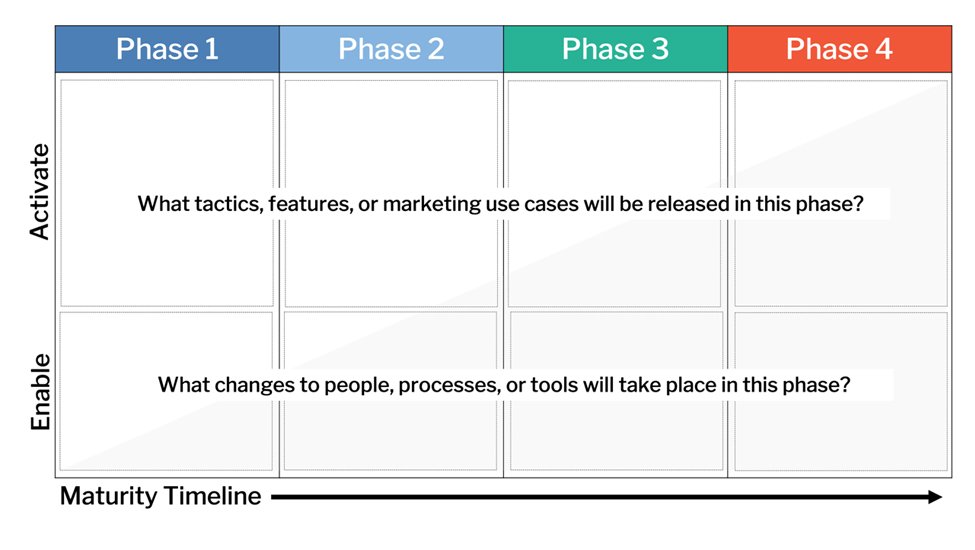
Visualize how your organization or team will adopt increasingly sophisticated marketing tools and tactics.
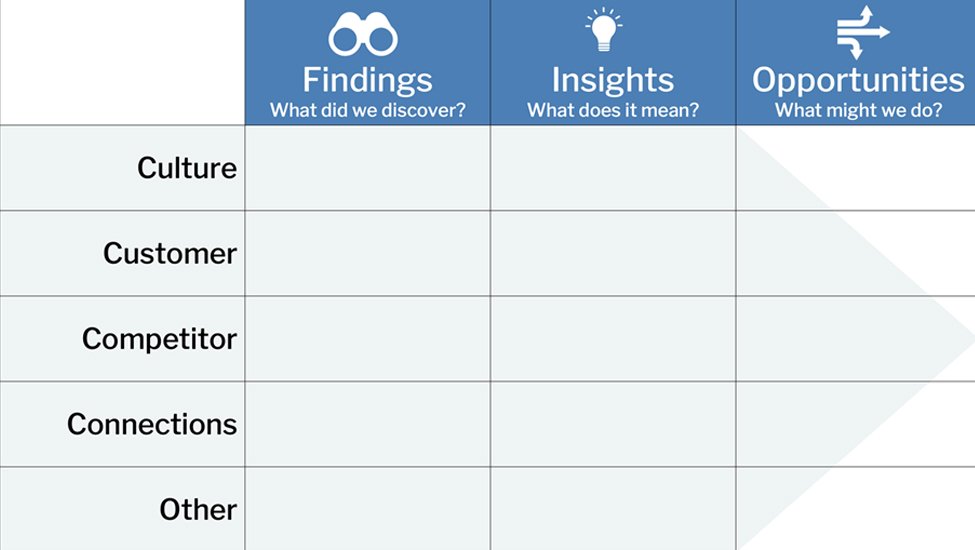
Identify opportunities based on insights from your marketplace research.

Help identify and measure the granular customer behaviours that contribute to your larger business objective.
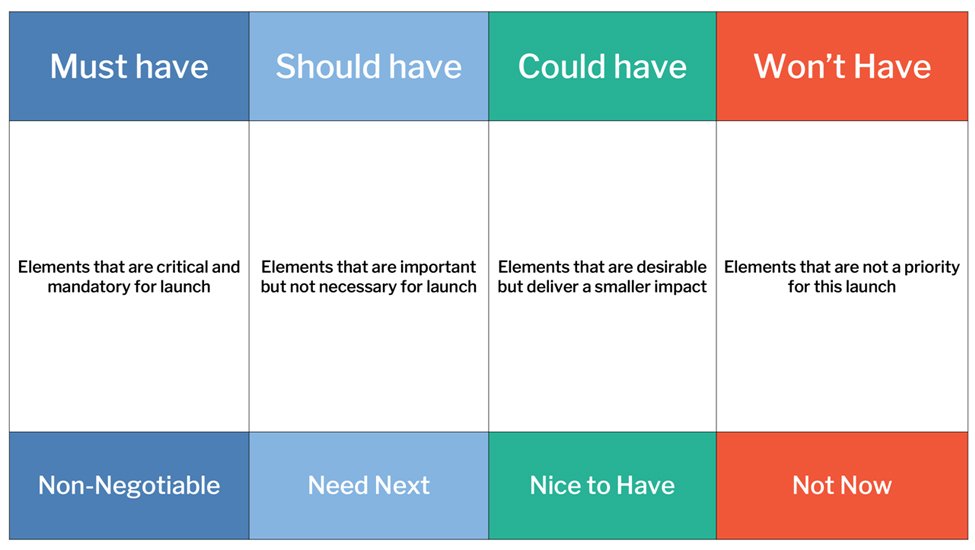
Prioritize the requirements to be included as part of the scope of your new project or next release.
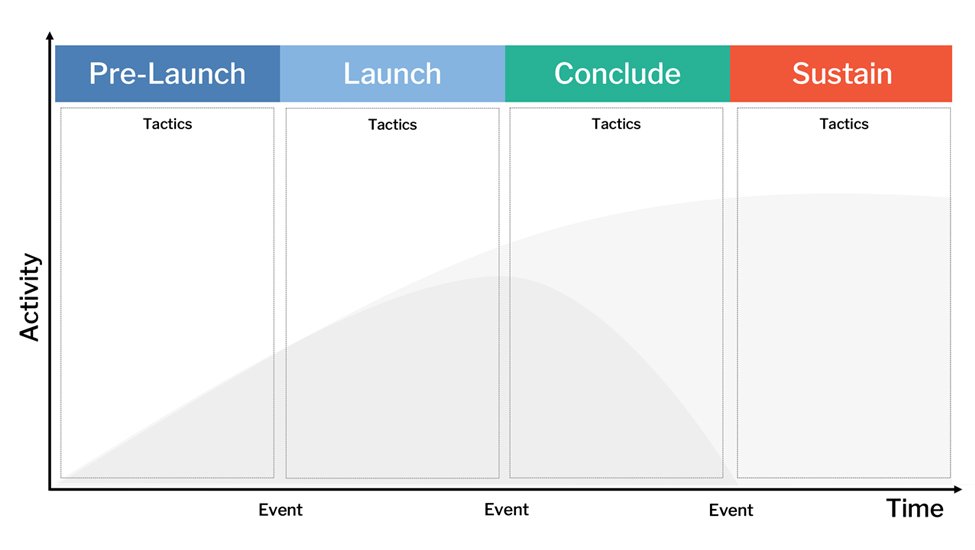
Describe how your marketing campaign will change at different points throughout its lifecycle.
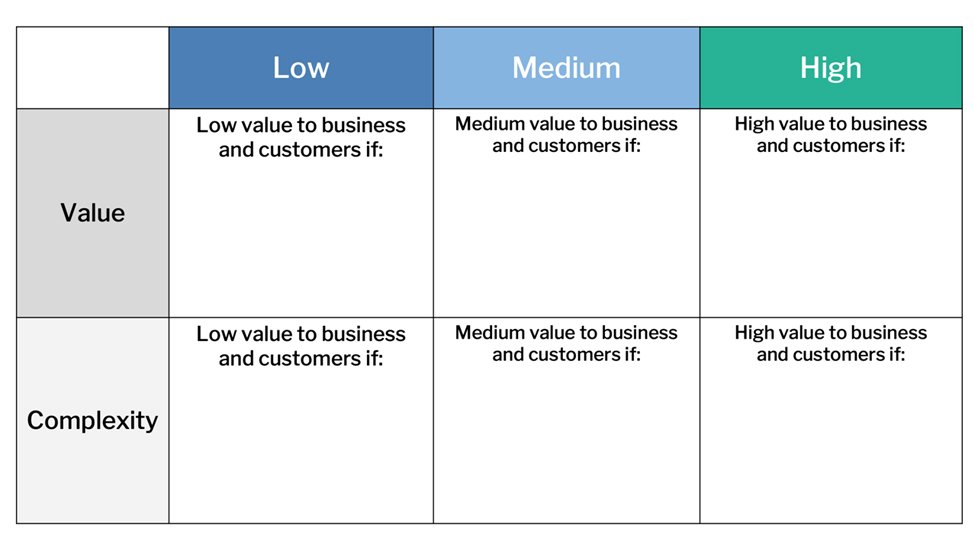
Determine the relative priority of different initiatives based on the goals and capabilities of your organization.

Organize and visualize the relative priority of different marketing initiatives for your organization.

Understand how different revenue and cost factors impact the profitability of your organization.
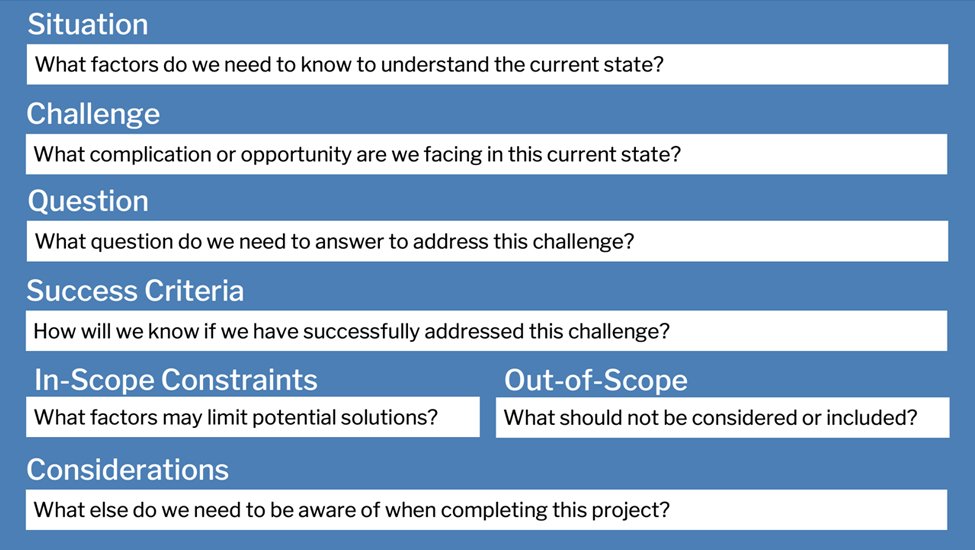
Define the fundamental problem that you need to solve and the considerations for solving it.
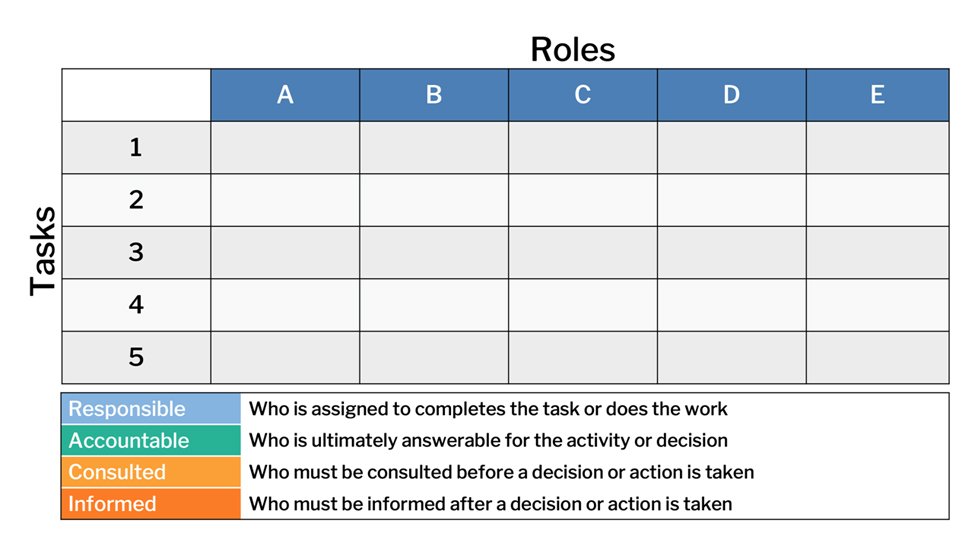
Determine the level of responsibility of individuals or teams for completing the tasks involved in your project.

Determine the nature of the reporting that is required for your different stakeholders relating to a marketing initiative.
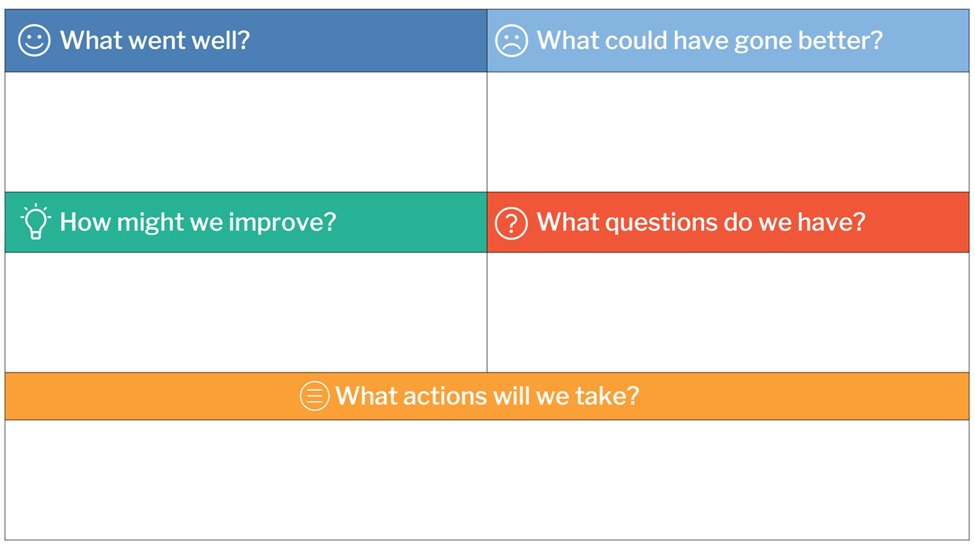
Look back at your last project or iteration as a team to identify opportunities for improvement.

Describe a clear, measurable, and time-bound goal for your marketing initiative.

Identify opportunities to engage and serve your customers in moments of need through search marketing.

Visualize the relationship between customer interactions and your internal processes that support them.

Identify the core topics that your brand will (and will not) engage in via social media.

Manage all of the content that you will be posting via your social media channels.

Determine when an issue has reached a point where it needs to be addressed with more gravity by your organization.

Establish the goals, roles, and relationships among all of your different social channels.
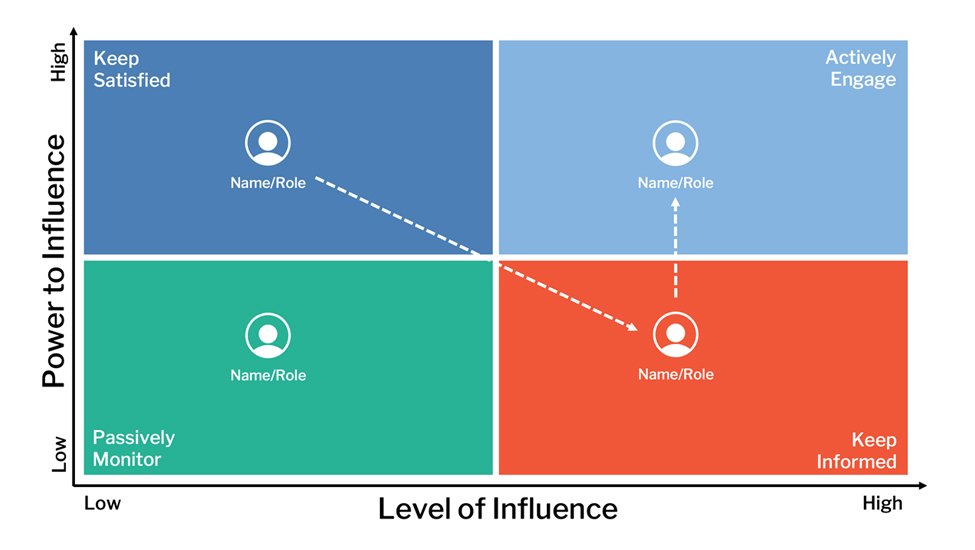
Identify different stakeholders according to their level of influence on a decision.

Evaluate the current position of your brand or product relative to achieving a goal.
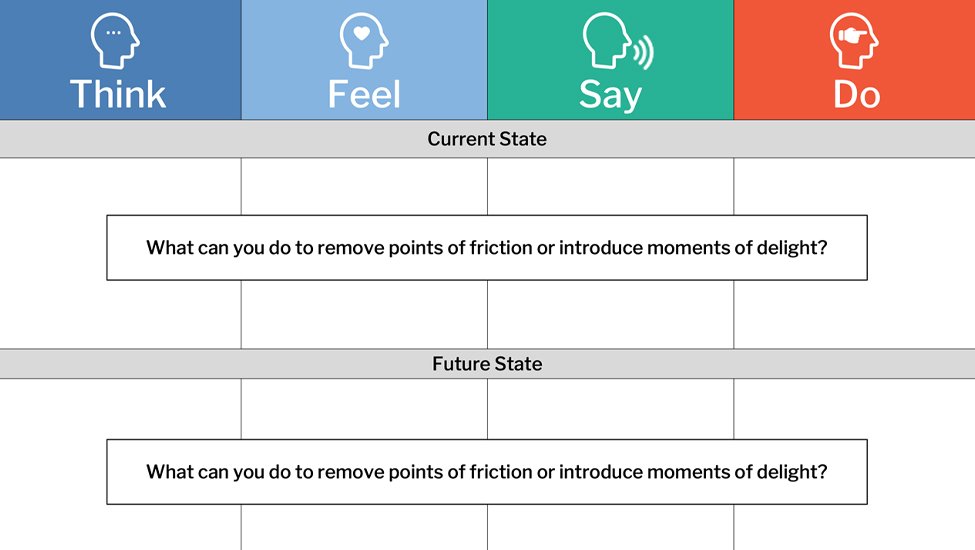
Identify the desired outcome of a marketing initiative from the perspective of your target customer.
This is a project from Kickframe – a digital marketing strategy consulting and training company.